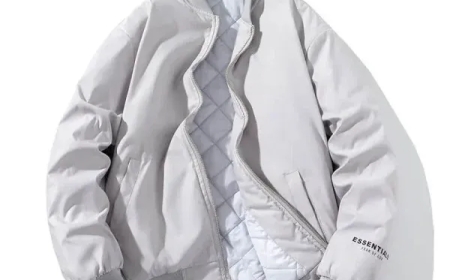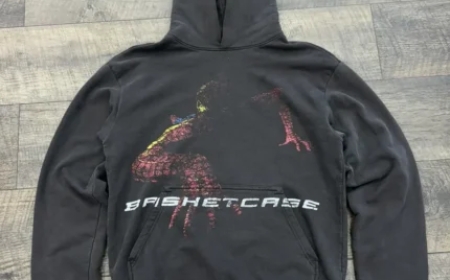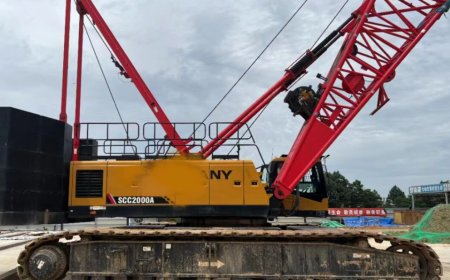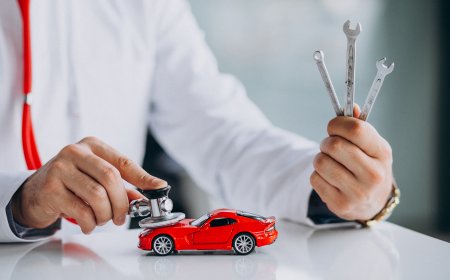Rust and Redemption: Inside the World of Vehicle Salvage and Reuse
Explore how vehicle salvage and reuse shape Australia’s auto world. Learn how parts are recycled, reused, and how Car Removal Brisbane helps support responsible vehicle recovery.
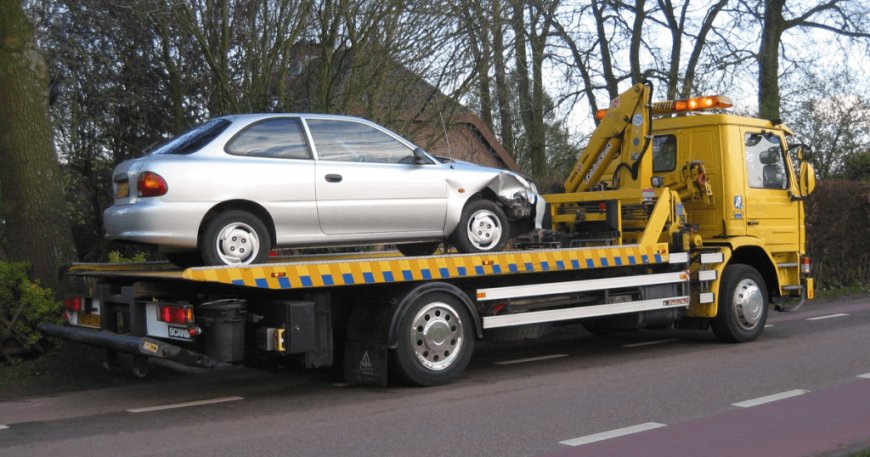
Every car has a life. It starts on the road with fresh tyres and polished paint, but one day, it reaches its final stop. For many, this is not the end of their journey. Across Australia, salvage yards are full of vehicles waiting for a second chance. These places are not only about scrapping metal but also about keeping parts in use, reducing waste, and supporting people who fix and build cars every day.
This article takes a close look at how damaged and unwanted cars find new life. From reusable parts to material recovery, vehicle salvage plays a large part in Australias automotive system.https://www.localcashforcar.com.au/
Where Cars Go After the Road Ends
When a car can no longer be repaired, it does not always go straight to landfill. It is often taken to a salvage yard. These yards receive thousands of cars each year from accidents, mechanical breakdowns, or age-related wear.
Once a vehicle arrives, it goes through an assessment. Useful parts are removed and stored. These include engines, gearboxes, wheels, doors, lights, and even interior fittings. These parts are then matched to other cars that still need them.
This method helps people who own older or rare models keep their cars running. Some parts are difficult to find or no longer made, and salvage yards become the only source left.
The Role of Salvage in Everyday Repairs
Many mechanics across Australia rely on salvage yards for parts. New parts are sometimes expensive or do not fit well with older models. Using parts from similar wrecked cars ensures a better match. Some mechanics also say that older parts can perform better than newer replacements in certain situations, especially when dealing with classic cars.
Research from the Australian Automotive Aftermarket Association shows that around 30 percent of small repair shops source at least part of their inventory from recycled vehicles. This supports businesses and helps keep more vehicles on the road.
Environmental Impact of Vehicle Reuse
Cars contain a large number of materials that can be reused. Steel, aluminium, glass, rubber, and fluids are all collected and processed. Recycling these materials helps limit the need for mining and manufacturing, which can cause serious damage to land and waterways.
On average, more than 80 percent of a scrapped car can be reused or recycled. For example, recycled steel from vehicles is used in buildings, tools, and new vehicles. Oil and coolants are treated and reused safely. Tyres are shredded for use in roads or safety barriers.
Without vehicle salvage, many of these materials would end up in landfill. That would create pressure on the environment and waste valuable resources.
Building Skills and Encouraging Learning
Salvage yards are also learning spaces. People who want to understand how cars work often start by pulling apart vehicles in yards. This helps them see how different systems fit together. It also allows them to practice removing parts without damaging other sections.
Many young apprentices and students working toward trades use parts from wrecked vehicles for training. TAFE colleges and workshops regularly partner with salvage centres to provide materials for practice.
This hands-on learning supports future workers and gives vehicles a purpose beyond their original use.
Salvage and the Car Enthusiast Scene
Australia has a large car enthusiast community. From Holden rebuilds to classic Japanese imports, thousands of people spend their weekends restoring or upgrading cars. For these projects, salvage yards are a key resource.
Some cars that arrive in poor shape still hold rare and valuable parts. A specific type of engine block or gear ratio may only be found in models from the 1990s or earlier. Salvage yards make it possible for these projects to continue without the need for expensive overseas imports.
This reuse of car parts supports both the local car scene and the skills that come with it.
From Wreck to Creation: New Uses for Old Car Parts
Not all salvaged items go back into other vehicles. Some are used in creative ways. Artists and builders often use parts like seats, panels, and engines to create furniture, sculptures, and decorations. Workshops around Australia have turned car bonnets into wall art, seats into lounge chairs, and wheels into garden pieces.
By using old car parts in new ways, people keep materials in circulation. They also give vehicles a second life, even outside the driving world.
Safe Disposal of Hazardous Parts
Vehicles contain parts that need to be handled with care. This includes batteries, fuel, oil, brake fluid, and airbags. Salvage yards follow rules set by state governments to make sure these items are removed safely.
For example, the Environment Protection Authority (EPA) in Victoria requires fluids to be drained and stored in sealed containers. Batteries must be handled in line with metal recycling laws. Airbags are removed to avoid risk of explosion.
These steps protect both the people working in salvage yards and the surrounding land and water.
How Collection Services Help Close the Loop
Many people have cars sitting in garages or yards that they no longer use. They might not know how to get rid of them or might think the process takes too much effort. This is where collection services play a part. They pick up vehicles, manage the paperwork, and bring the car to a salvage centre.
One such service, Local Cash for Cars, works with people across Queensland to collect and remove old or damaged vehicles. By offering support for Car Removal Brisbane, the service helps clear unused cars from homes and delivers them to yards where they can be stripped, recycled, and put to better use. This process supports the larger salvage system by making sure more vehicles enter the reuse cycle.
Salvage in the Era of Electric Vehicles
With electric and hybrid cars becoming more common, salvage yards are changing. These vehicles carry special batteries and electrical systems that need new knowledge and handling methods.
Some yards have started working with energy companies to reuse battery modules for home energy storage or backup power systems. Others are training staff to dismantle electric parts safely.
As more electric vehicles come off the road, these steps will become more important. The goal is to make sure that every part, whether old or new, continues to serve a purpose.
Final Words
Vehicle salvage in Australia is not about waste. It is about reuse, learning, and creating new life from old machines. Whether it is helping a small repair shop, giving a student a learning tool, or allowing a family to fix their daily drive, salvaged vehicles touch many parts of life.
By reusing what still works and recycling what does not, salvage yards support both the car world and the planet. They keep skills alive, save materials, and reduce waste. Every wrecked car is more than scrap. It is a part of a much bigger story.



